How To Make Pickled Tomatoes And Cucumbers Using Inversion Canning
Views: 138
Have you ever wondered if you can pickle tomatoes and cucumbers together? Well, wonder no more, because the answer is yes, you can with this open kettle canning recipe. The process to pickle tomato and cucumber mix is very similar to how you would pickle cucumbers using inversion canning (open kettle canning). The difference lies in the balance of salt and sugar in the brine and the shorter processing time required for this vegetables mix.
If you are interested to make classic dill pickles using open kettle canning, we recommend our Authentic Old-Fashioned Dill Pickles Recipe ,alternatively try the recipe that we modified to work with the modern day canning methods: Pickled Cucumbers: Simple Old-World Style Dill Pickles Recipe.
Disclaimer
Despite being widely endorsed and utilized in the 80th, inversion canning, also known as open kettle canning is no longer considered safe. To emphasize, both USDA and National Center for Home Food Preservation do not recognize open kettle (inversion) canning as an approved canning method. For that reason, this and other open kettle canning recipes would not be USDA approved recipes. Learn about the USDA approved canning methods USDA National Institute of Food and Agriculture website.
Cucumbers and tomatoes to use
Not all cucumbers and tomatoes are suitable for pickling. To achieve a desired crunch and firm texture, look for cucumbers labeled as “dill cucumbers” or “bread and butter cucumbers” at your local farmers’ market. Opt for ripe yet firm cherry or Roma tomatoes.
Jars to use
We use 1-liter (32 oz.) Mason jars with a wide mouth. They’re super handy for pickling vegetables. If your vegetables don’t quite fill up the whole 1-liter jar – you can use a half-liter jar (16 oz.).
Salt to use
First thing to remember, whenever you pickle, use pickling salt only. For Kosher Pickles, use Kosher Salt.
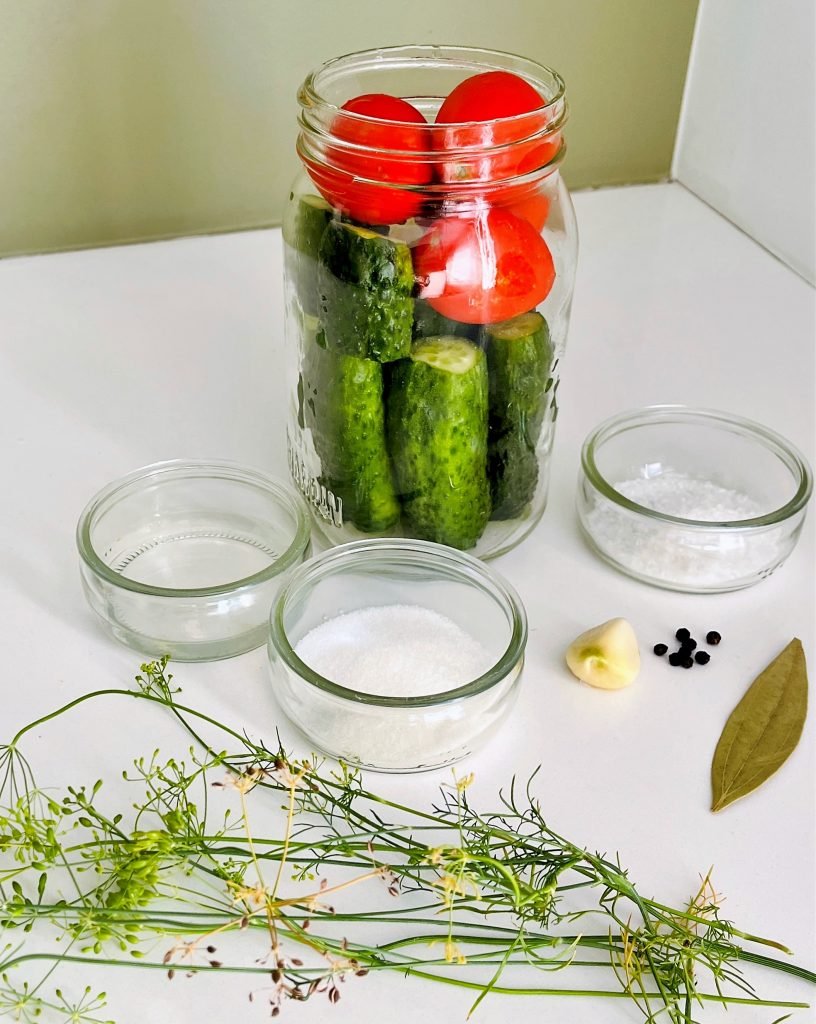

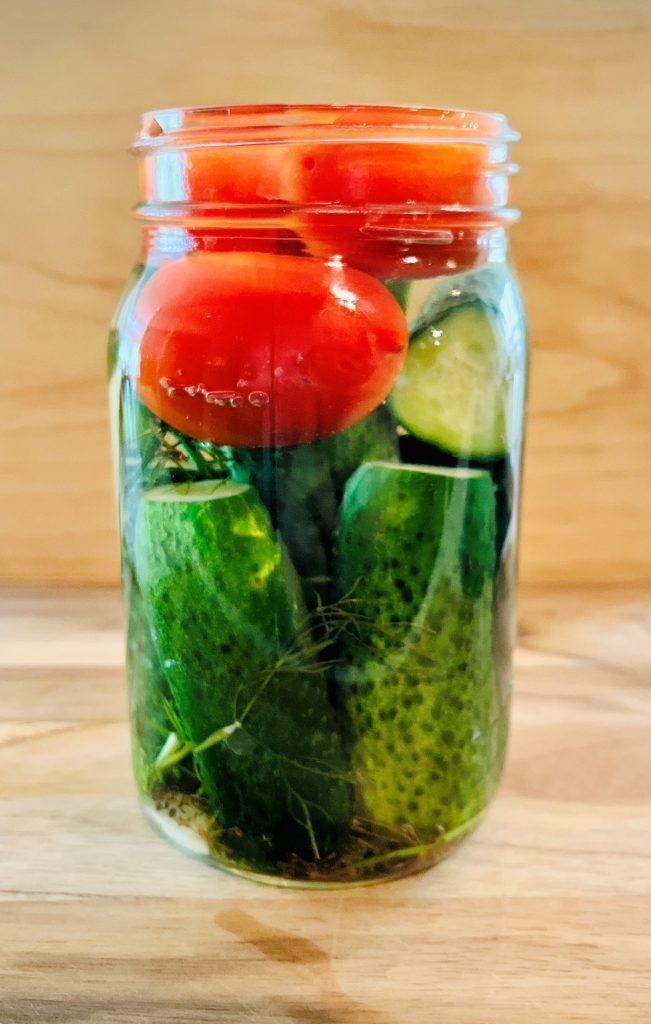
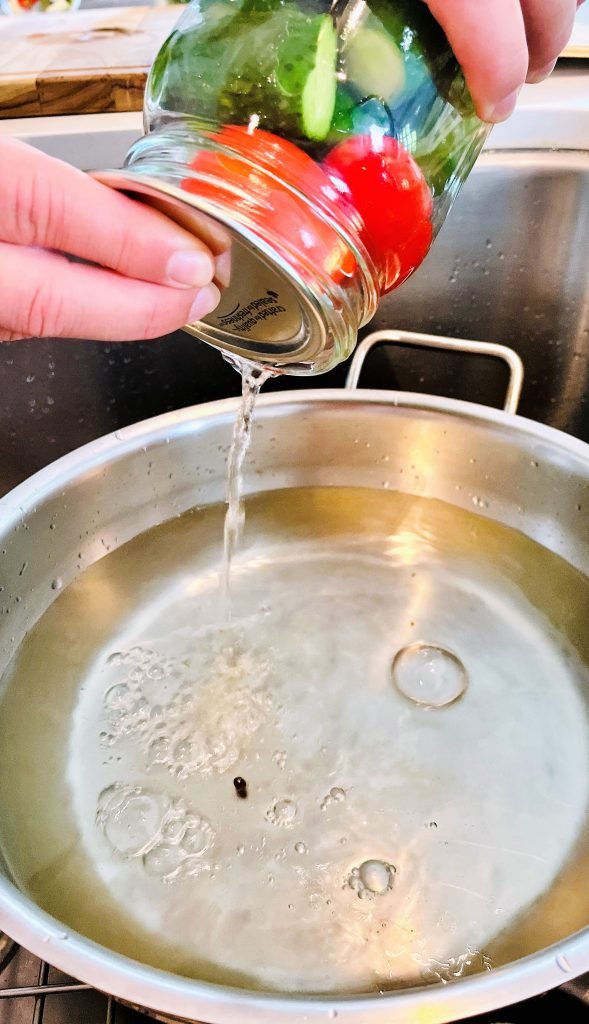
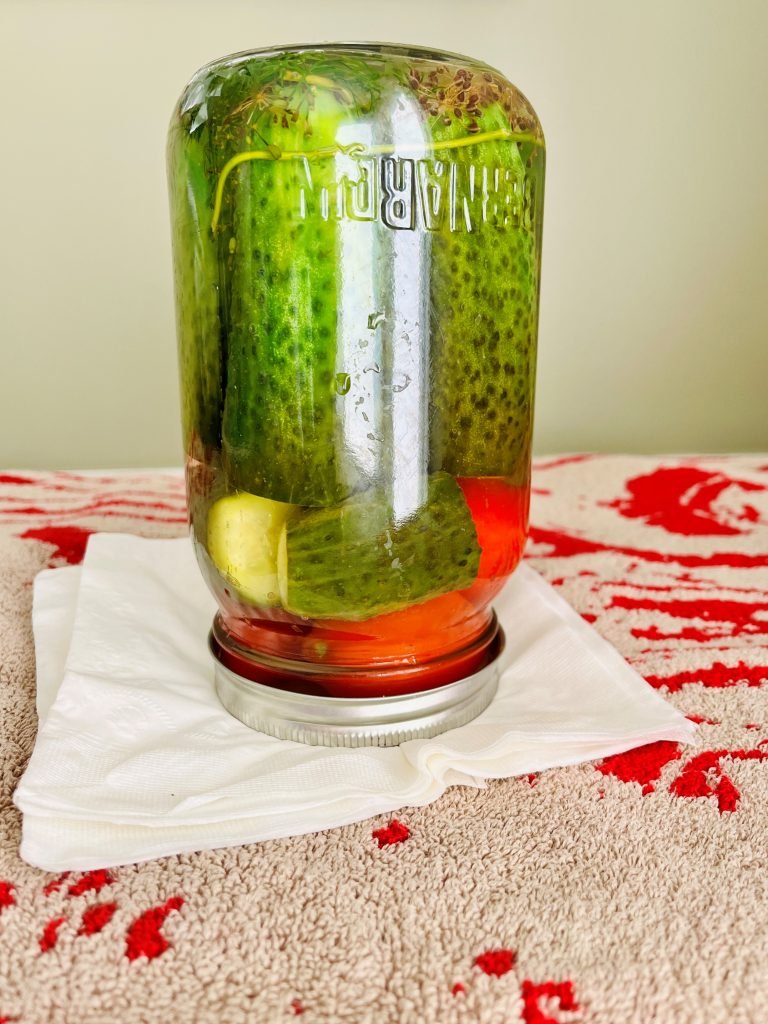

Recommended Equipment
- Wide, heavy-bottomed stainless steel pot
- Large wooden spoon
- Stainless Steel mesh strainer
- Heavy-duty stainless steel kitchen tongs
- Stainless steel pairing knife
- Stainless steel canning ladle
- Stainless steel canning funnel
- Mason Jar lids for canning
- Mason Jars for canning
- Non-slippery trivets and pot holders
- Thick cotton kitchen towel
Pickled tomatoes and cucumbers | Open kettle canning recipe
Equipment
- large pot
- wooden spoon or silicone spatula
- potholders, oven mitts, trivets for hot dishes clean, non-slippery
- measuring cup
Ingredients
Tomatoes and Cucumbers
- Use as many tomatoes and cucumbers as you can fit into your jar(s); the exact quantity will vary depending on the size of the vegetables.
- For this recipe, we used 4 small Roma tomatoes and 6 small dill cucumbers per one 1-liter (32 oz) Mason jar.
Pickling brine recipe
- 1 ½ cup Water per 1-liter (32 oz.) jar
- 1 tbsp. pickling salt per 1-liter (32 oz.) jar
- 1 ½ tbsp sugar per 1-liter (32 oz.) jar
- 1 ½ tbsp 7% Pickling vinegar per 1-liter (32 oz.) jar
- 2 garlic cloves per 1-liter (32 oz.) jar
- 1 dill head per 1-liter (32 oz.) jar
- 1 bay leaf per 1-liter (32 oz.) jar
- 6 whole black peppercorns per 1-liter (32 oz.) jar
- 2 slices of horseradish root per 1-liter (32 oz.) jar (optional but highly recommended)
Instructions
- Prepare the Vegetables: Start by washing the cucumbers, then let them soak in ice cold water for 2 to 5 hours. After draining, trim the tail ends of the cucumbers. Thoroughly wash the tomatoes.
- Prepare the Mason Jars: Clean and sterilize your jars thoroughly. Refer to the jar sterilization instructions "Prepare Mason Jars for Canning Pickled Vegetables" below.
- Pack the Jars: Once the jars are sterilized and cooled, tightly pack the tomatoes and cucumbers into the jars, minimizing empty spaces. Leave some space at the top to add dill heads. Alternatively place them at the bottom of the jars. Halve or quarter garlic cloves, adding 2 cloves to a 32 oz. jar or 1 clove to a 16 oz. jar. Add peppercorns, bay leaves, and optionally sliced horseradish root. To prevent tomato cracking, place them closer to the jar's bottom.
- Add Water: Measure out 1 ½ cups of cold clean water for each 1-liter (32 oz.) jar you're using. In a suitable pot, bring the measured water to a rolling boil and let it boil for 3-5 minutes. Remove from heat and promptly pour the hot water into the vegetable-filled jars. It's best to do this while keeping your jars in a kitchen sink. Let the vegetables steep in the hot water for 10 minutes.
- Repeat Water Treatment: Pour the water back into the pot and bring it to a boil once more. If a few peppercorns or horseradish pieces find their way into the boiling water, don't worry. Pour the hot water back into the jars over the tomatoes and cucumbers and let them steep for an additional 8 minutes.
- Sterilize the Lids: In a separate pot, boil water to sterilize the jar lids. Avoid boiling the lids; turn off the heat just before placing them in the water.
- Make the Pickling Brine: Pour the water from the vegetables back into the pot again and add the pre-measured salt and sugar (1 tbsp. salt + 1 ½ tbsp. sugar per 1-liter jar, multiplied by the number of jars). Bring it to a boil, dissolve the sugar and salt, then add the pickling vinegar (1 ½ tbsp. vinegar per 1-liter jar, multiplied by the number of jars). Turn off the heat; this is your pickling brine.
- Fill the Mason Jars: Carefully pour the prepared brine into the jars containing the vegetables.
- Prepare the Lids: Immerse jar lids into a freshly boiled water for a minute. Cover the jars with the lids and tighten them securely. Tip: You can begin preparing the lids just a moment before you're ready to pour the brine into the jars.
- Finishing Touches: Flip the jars upside down and wrap them with warm towels. Allow them to rest for 2 days or until they cool down. Your pickled tomatoes and cucumbers are now ready for pantry storage. Enjoy!
Pickling brine ingredients
Creating a good pickling brine requires precision.- The amount of brine required is determined by the number of Mason jars used, not by the weight of the cucumbers and tomatoes.
- The size of the vegetables you choose will dictate how many Mason jars you’ll need.
How to can pickles using open kettle (inversion) canning method
Equipment
- Mason jars with matching tight lids
- large pot
- steamer basket Alternatively, a metal or silicone colander or strainer can be used. (!) Make sure it fits securely atop the pot.
- pot holders, oven mitts, trivets for hot dishes clean, non-slippery
- stainless steel tongs
- thick kitchen towel or a thick beach towel.
Instructions
- Wash Mason jars along with their lids and screw bands in hot soapy water, rinse, and let them dry.
- Fill a quarter of a pot with water and bring it to a boil.
- Place a steamer basket securely over the pot, ensuring the basket doesn’t touch the water. If a steamer basket isn’t available, a metal or silicone colander or strainer can be used.
- Position the jars, mouth side down, onto the steamer basket. Wait until hot steam condenses inside the jars and forms water droplet. Steam jars for 20 minutes. This step is similar to sterilizing jars in water bath canner. After 20 minutes carefully remove the jars and place them in an upright position, ensuring not to touch the inner surfaces of the jars. Take great care not to burn yourself as jars will be very hot. Use kitchen towel or pot mittens to handle the jars.
- Turn off the heat and remove the steamer basket. Use the remaining hot water to sterilize the tongs and lids.
- Fill the jars as per recipe almost to the top, leaving about 1/2 inch headspace. This is to help minimize the air in the jars.
- Submerge the Mason jar lids and the jaws of the tongs into the boiled water. After 1 minute, use tongs to retrieve the lids and seal the jars tightly. Make sure not to touch the inside of the lids with your fingers. This is to ensure that you do not introduce contaminants from your hands into the jars.
- Use non-slip pot holders to immediately flip the jars upside down and then cover them snugly with a warm towel. Let them remain in this position for at least 24 hours. You might hear a “pop” sound as the lids cool and seal – this is normal.
- Before storing the preserve, check that the lids are properly sealed. Press the center of each lid with a finger or thumb. If the lid springs up when you release your finger, the lid is unsealed and the preserve will not be shelf stable.
- Store the preserve jars upright, with the lids facing upward. Always make sure the lid seal integrity is intact before opening jar and enjoying the content.
Always Follow these Safety Guidelines:
-
Only preserve fresh, clean products. Wash them thoroughly and discard any that are spoiled or damaged.
-
Use undamaged Mason jars with proper matching lids that seal tightly.
-
To ensure the safety of canned food and to prevent illness, follow the preservation recipe and sterilize your jars.
-
Handle sterilized jars and lids carefully to prevent contamination. Use clean, non-slip oven mitts when handling hot jars and utensils.
-
Fill each sterilized jar promptly with hot preserves and immediately place a sterilized lid on top.
-
Always make sure the lid seal integrity is intact before opening the jar and enjoying its content.
Frequently asked questions
How is our pickled tomatoes and cucumbers recipe different from others?
Our cherished Ukrainian recipe is a nod to the way Grandma used to make them. We take pride in simplicity and using only natural ingredients – no excessive vinegar or salt, no Calcium Chloride a.k.a. Pickle Crisp® and no need for fancy equipment! These pickled vegetables are the result of time-honored techniques passed down through generations, ensuring that the pickled tomatoes remain crisp and the pickles retain their satisfying crunch – a taste that modern methods often struggle to replicate. True to their old-school roots, these pickled vegetables can grace your shelf for an impressive three years, if not longer.
How soon can you eat pickles?
Remember the age-old saying that good things come to those who wait? That adage holds true when it comes to pickled vegetables! Give your pickles at least a week to develop their flavor before opening the jar. Ideally, let them mature for a full month.
Can these pickled tomatoes and cucumbers go bad?
In general, factors like improper sealing, contamination, or extended storage can contribute to the spoilage of pickled cucumbers, despite the preserving effects of pickling. Signs of spoilage include changes in color, unpleasant odors, or the presence of mold. If you detect these signs, we advise you to discard the pickles to prevent consuming spoiled food.
Can pickled tomatoes and cucumbers go bad after opening?
Once you open any pickled vegetables, such factors as exposure to air and contaminants will influence their shelf life. If stored properly in the refrigerator and kept in an airtight container, opened pickled vegetables can last for several weeks, depending on the specific circumstances and ingredients used in the pickling process. However, always check for signs of spoilage, such as an off smell, unusual color, or the presence of mold. If you observe any of these signs, it’s safer to discard the opened pickled vegetables to avoid consuming spoiled food.
Can I freeze these pickled vegetables?
We recommend against freezing pickled tomatoes and cucumbers. If frozen, the texture of these pickled vegetables will change after thawing, and they will become mushy. This is because the freezing process will affect the crispness of the cucumbers and tomatoes due to the formation of ice crystals.
Do I need to refrigerate these pickled cucumbers and tomatoes once I can them?
You can keep unopened pickle vegetables made using this inversion canning recipe in a cool, dark pantry until opened, after which you should refrigerate them. Always check for signs of spoilage, such as an off smell, unusual color, or the presence of mold, and discard pickles if any of these signs are present.

How to use pickled cucumbers and tomatoes: versatility at its best
These pickled cucumbers and tomatoes are more than just pickles – they’re flavor-packed wonders waiting to be explored. Here are cool ways to enjoy them:
- Taco and Nacho Upgrade: Sprinkle some of this pickled goodness on your tacos or nachos for an extra layer of flavor and a satisfying crunch.
- Charcuterie: If you’re putting together a charcuterie or cheese board, don’t forget to include these pickles. They complement cheeses and cured meats perfectly.
- With Grilled Meats: When you’re grilling up a storm, these pickles can be your best companion. Their acidity and crunch balance out the rich, smoky flavors of barbecued meats.
- In Awesome Salads: Jazz up your salads, like beet salad, by tossing in pickles for an extra kick.
- Must-Have for Sauces: Dill pickles are a secret weapon for sauces like Sauce Gribiche, Remoulade, and homemade Tartar Sauce. As for tomatoes, use them in Italian themed sauces.
- Pickling Brine Vinaigrette: Use the pickling brine to make a flavorful salad dressing. Just mix it with olive oil, a touch of mustard, and some herbs for a quick and tasty dressing.
We can’t wait to learn how this preserve recipe worked out for you. Leave us a comment below, like us on X, Facebook, Pinterest and Instagram. And remember, sharing is caring!
You may also like:
-
Duo Of Pickled Crunchy Cucumber Spears And Pattypan Squash
Why would anybody pickles pattypan and cucumbers spears together? How about bragging rights? Anyone can bring a jar of cucumber pickles to the table. But when you casually say, “Oh, these are my pickled pattypan squash and cucumber spears”, just watch people’s eyebrows shoot up. You’re instantly the most interesting person at the potluck.
-
Soy Sauce Pickled Cherry Tomatoes: Try Bold, New Pickle Flavor
Yes, you can make soy sauce pickled cherry tomatoes! They are a bold twist on traditional pickles, delivering an unexpected burst of umami and sweetness. Forget ordinary vinegar-based brines—this recipe transforms your tomatoes into an unforgettable flavor bomb. Perfect for snacking or charcuterie boards, this unique pickle will wow your taste buds!
-
How To Pickle Cherry Tomatoes: Easy Recipe, Tips, And Troubleshooting
Cherry tomatoes are the candy of the vegetable world, but they don’t last forever—unless you pickle them! Try this easy, beginner-friendly recipe for the perfect homemade holiday gift. Pickled and canned cherry tomatoes make a great addition to your charcuterie board and add a pop of color, like little jewels, to your holiday table.
-
Fried And Pickled Sweet Banana Peppers: Recipe For Canning
Looking for a simple way to jazz up your charcuterie board? This fried and pickled sweet banana peppers recipe is your new go-to! These peppers are easy to can, so you’ll always have a jar ready to impress guests—or just treat yourself. Plus, these canned banana peppers make a great side for any meats!
-
How To Make Pickled Roasted Bell Pepper
Pickled roasted bell peppers are a pantry staple, and making them at home is easy and rewarding. With rising prices and growing interest in food quality, now is the perfect time to roast and pickle your own. It’s a simple way to save money, control ingredients, and enjoy healthier peppers in your meals!
-
Easy Hungarian Lesco: Hearty Tomato – Pepper Stew Canning Recipe
Just as ratatouille brings France to life, lecho (lecso) is Hungary in a bowl. This rich, sweet-and-sour stew of tomatoes and peppers uses simple ingredients with bold, unforgettable flavors. Want to enjoy it all year? Try the canning recipe and keep a taste of Hungary’s harvest season right in your pantry.
-
A Better Way To Use Green Tomatoes – Pickle Them!
Let’s be honest, fried green tomatoes aren’t that special. Without the movie, we wouldn’t even be talking about them. So, what should you do with your green tomatoes? Make pickles, of course! Go ahead—make some. Bet you can’t resist eating the whole jar in one go!
-
Spicy Dill Pickles Recipe For Open Kettle Canning Method
Craving heat? We’ve got it! We took our classic dill pickles recipe and turned up the heat to bring you the spicy pickles recipe for canning you’ve been asking for! But that’s not all! We’ll also show you how to make this recipe work with either the open kettle or boiling water bath canning methods.
-
Pickled Cucumber Salad With Spanish Sweet And Smoky Paprika
Curious about what else you can do with your pickling cucumbers? Try our pickled cucumber salad with carrots and a simple marinade—it’s sure to impress. Plus, it’s the ultimate make-ahead meal in a jar. The secret ingredient? Spanish paprika, an unexpected spice that makes this recipe truly stand out.
-
Pickled Cucumbers: Time-Tested Hungarian Recipe
Pickling cucumbers has been a European tradition for ages. But the Hungarian commercially-made Globus pickled cucumbers have always been the top of the line. Globus pickles set the gold standard, inspiring pickles fans everywhere to crack the Globus code. This recipe does just that! It captures that legendary Globus taste from the 80s.
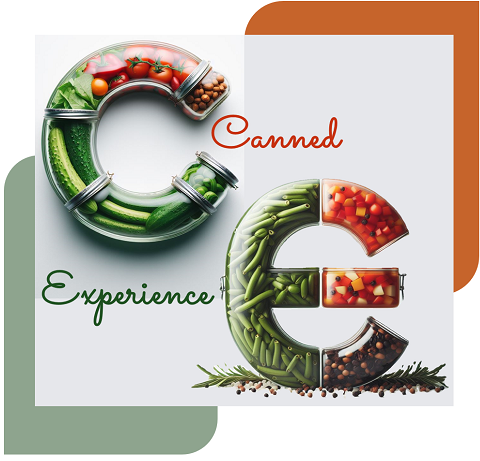
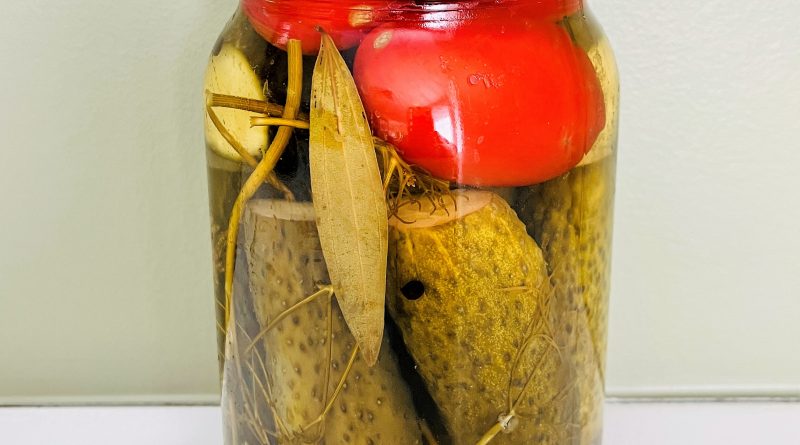
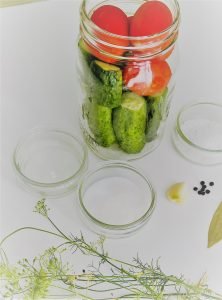
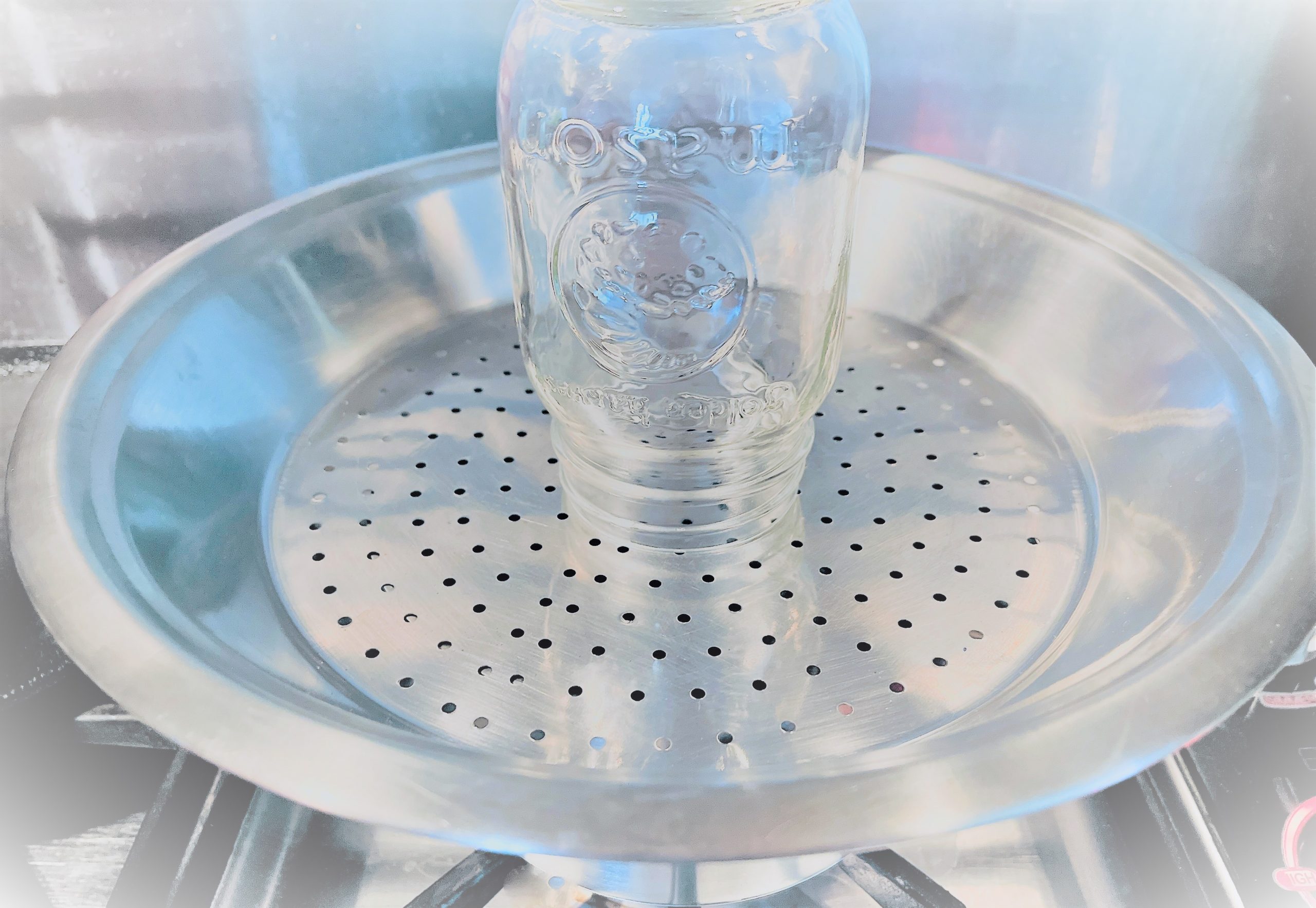

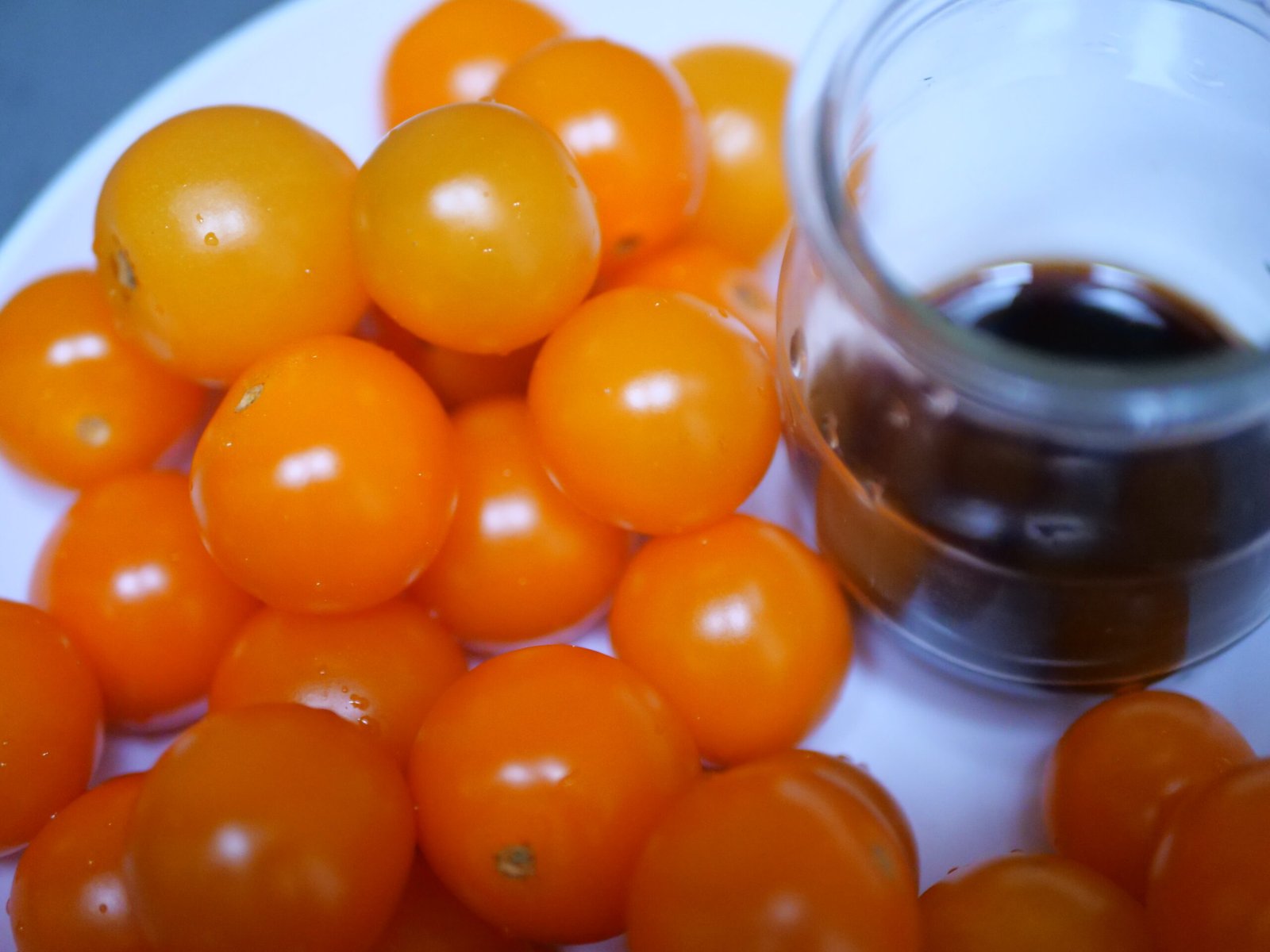
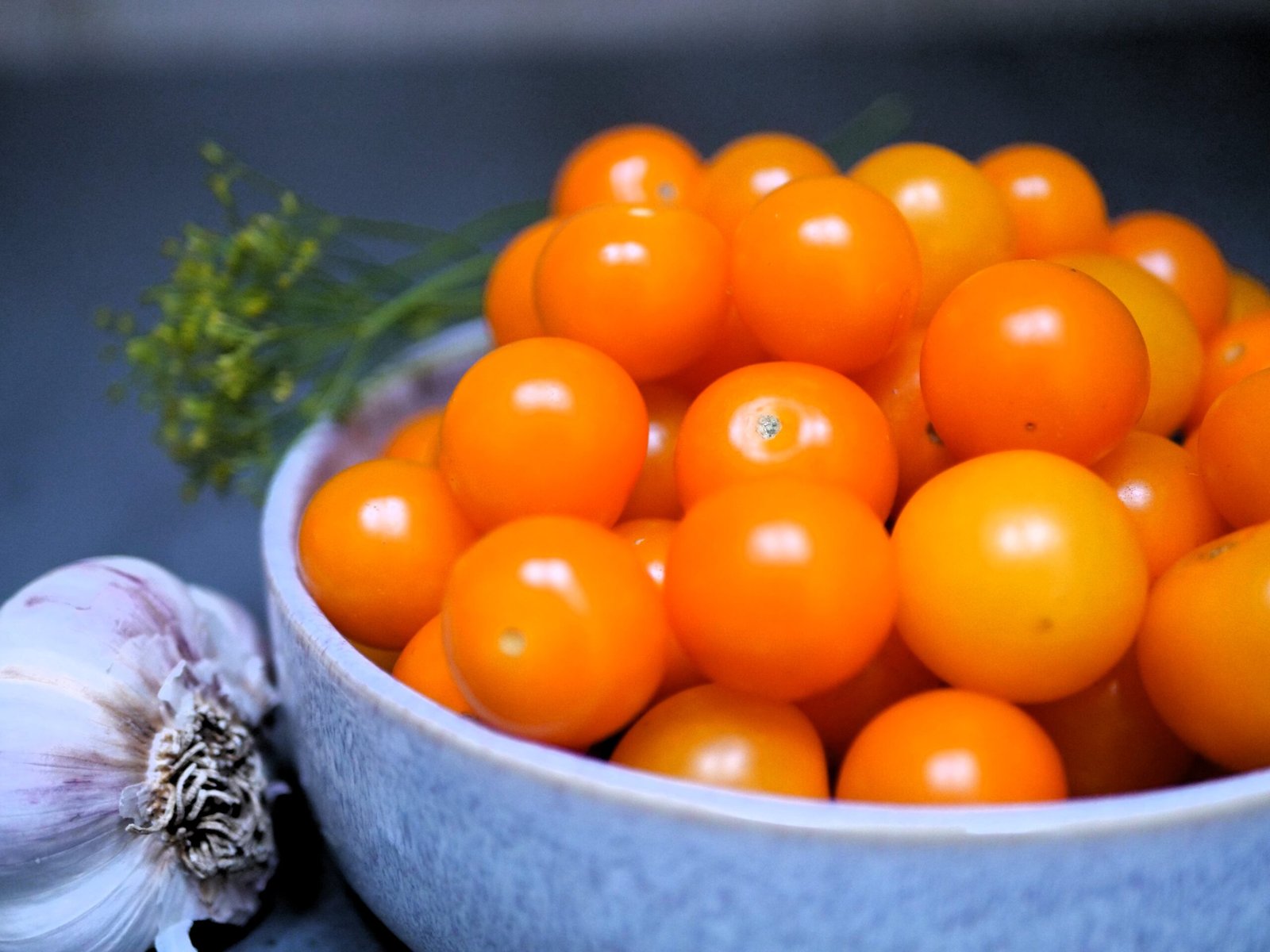


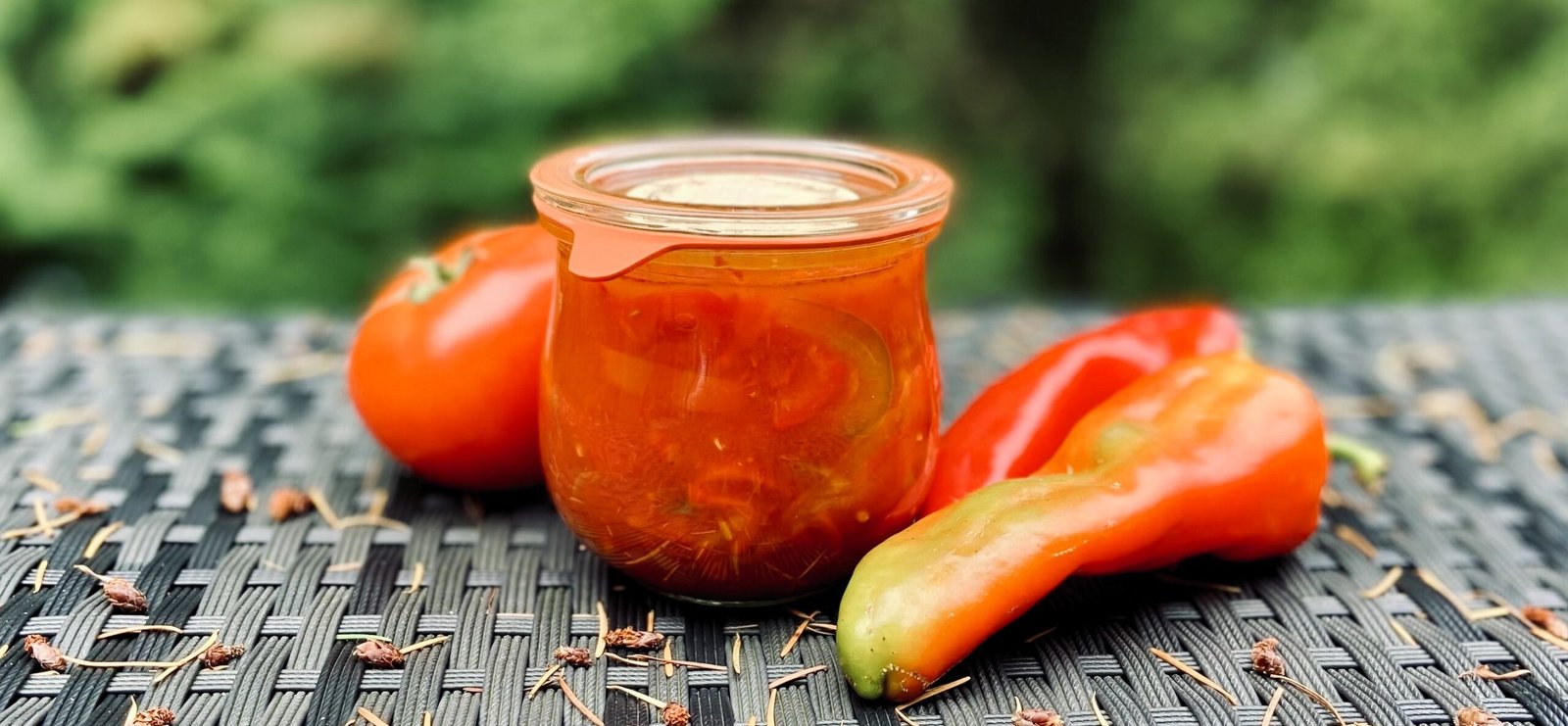

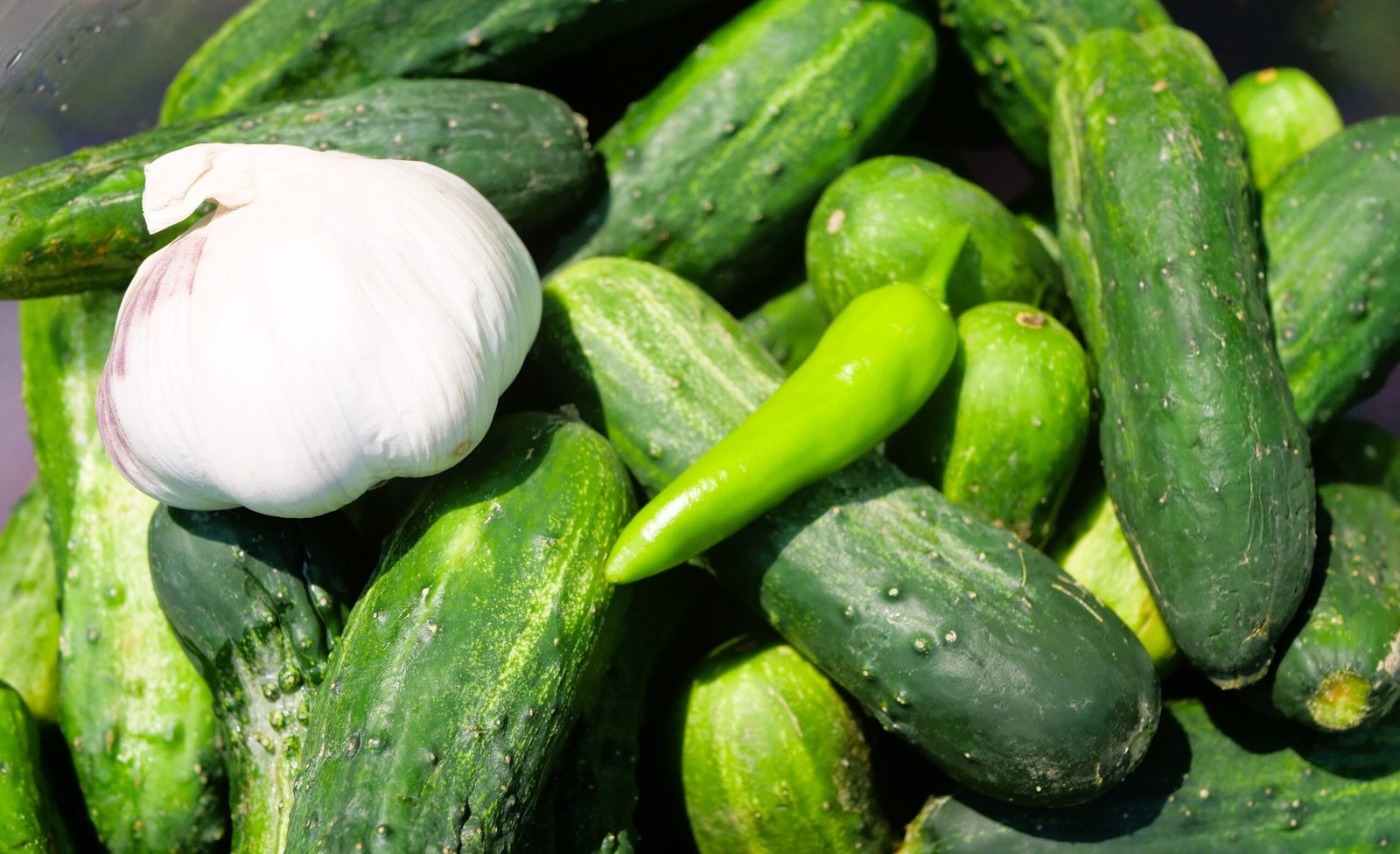
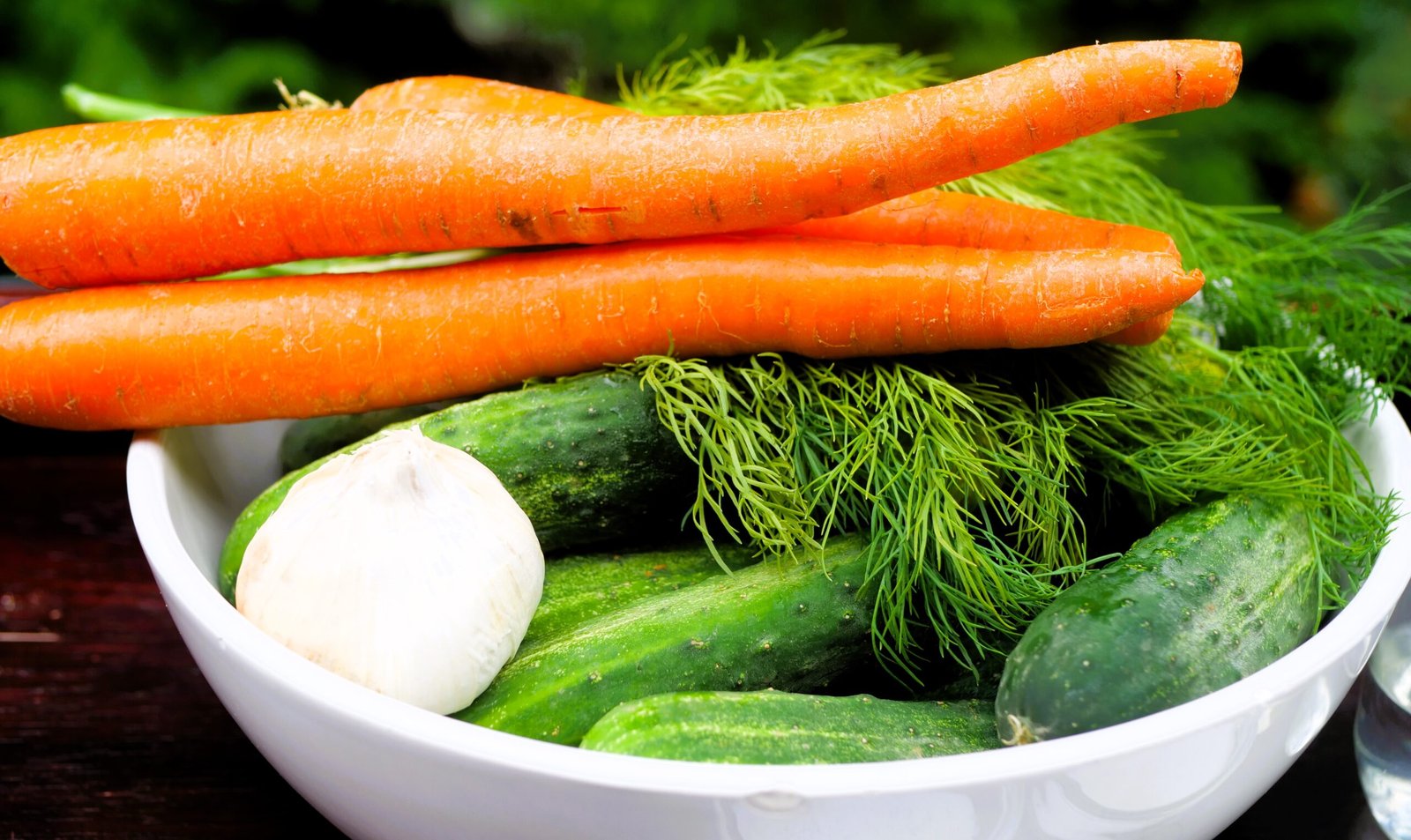
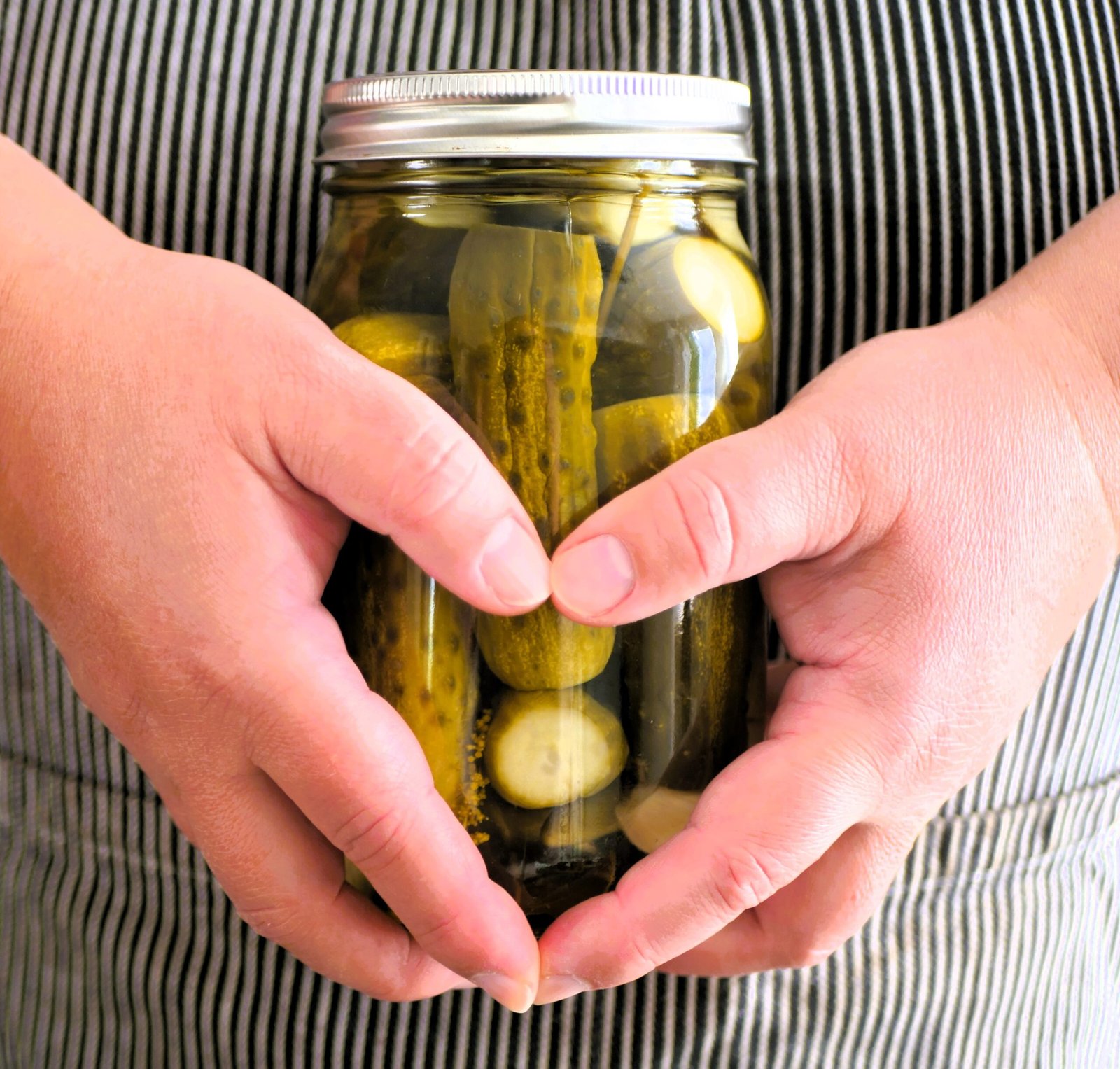


Leave a Reply